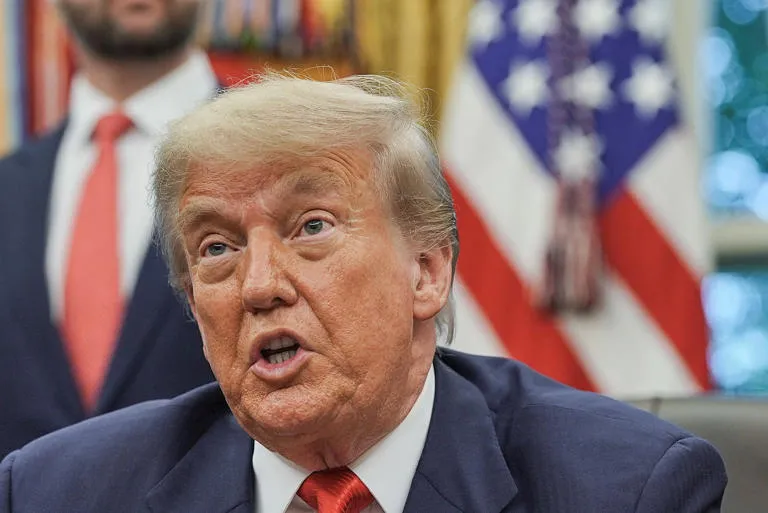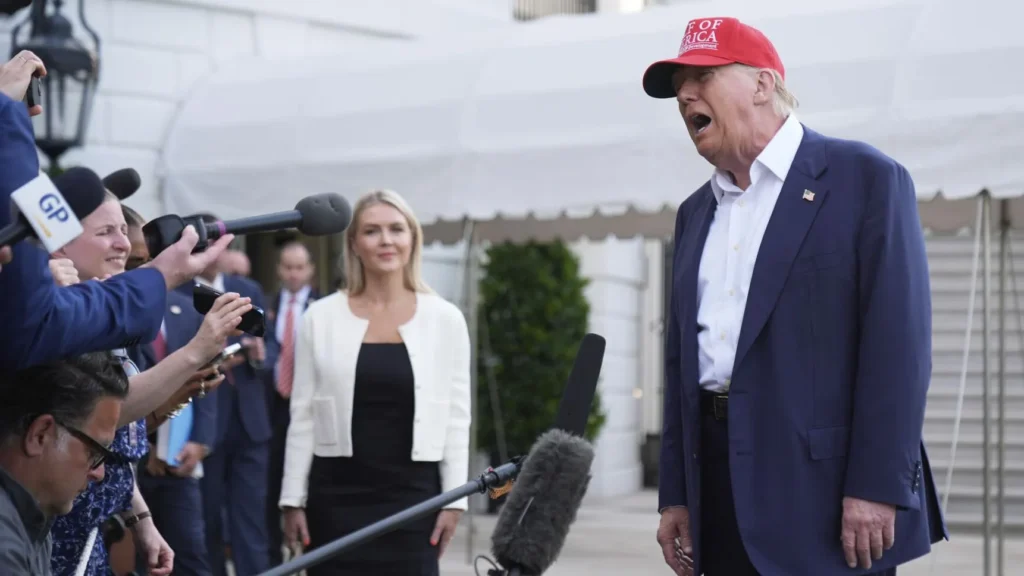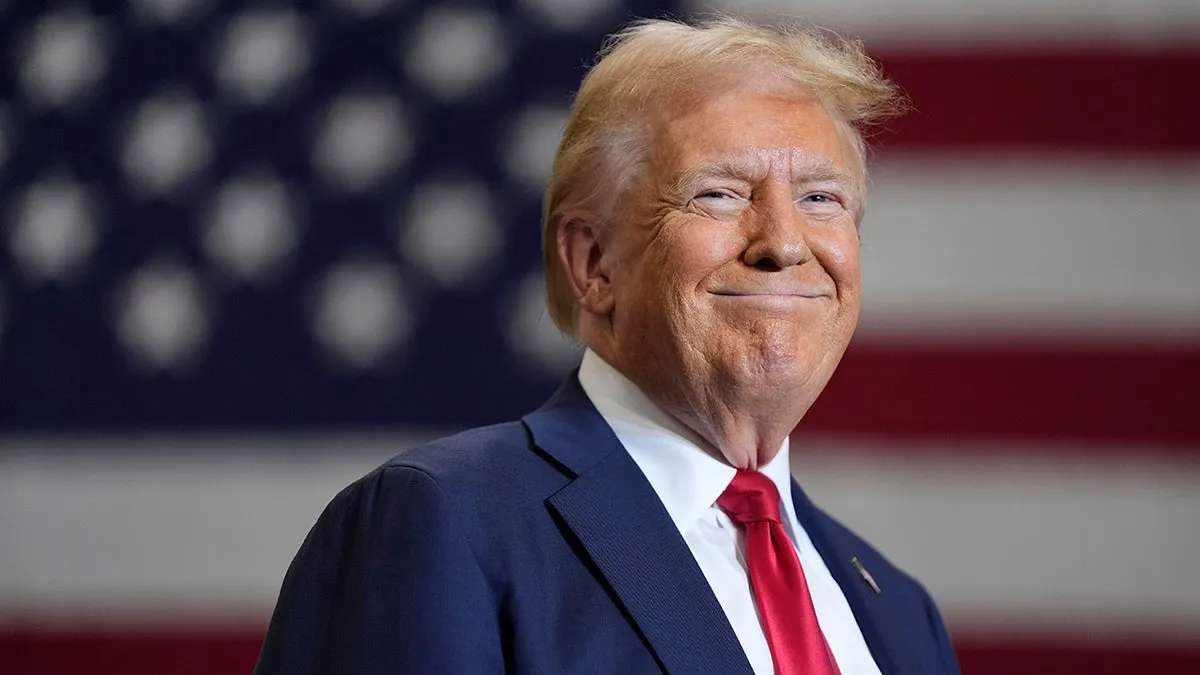In a late-night session that stretched well past midnight, the U.S. Senate passed an enormous $3.3 trillion legislative package driven by former President Donald Trump’s renewed influence in the Republican Party. The surprise passage came after weeks of internal debates and negotiations, touching nearly every corner of government: from defense to taxes, from infrastructure to entitlement programs, and from healthcare to regulatory reform. Overnight, one of the largest spending and policy bills in recent memory became law, reshaping the federal landscape for years to come.
A Bill of Unprecedented Scale
At $3.3 trillion, the legislation ranks among the largest federal bills passed outside of standalone emergency relief. It incorporates:
- Federal Budget and Appropriations for 2026–2027
- Major investments in infrastructure, energy, research, and defense
- Sweeping tax cuts and credits aimed at corporations and households
- Expanded funding for Social Security, Medicare, and veterans’ benefits
- Reforms to cybersecurity, immigration, and regulatory supervision
Backed by Trump-aligned senators as a signature legislative victory, the bill reflects a rare moment of cooperation—albeit with many compromises—between White House Republicans, Senate hardliners, and moderate Republicans willing to negotiate.

The Political Process
Midnight Maneuvering
Debate began earlier in the evening, but lawmakers didn’t settle on final amendments until well after midnight. Traditional filibuster tactics were muted as the leadership struck a deal: minimal amendments, major unified messaging, and a pledge to expedite House consideration.
Trump’s Influence
Donald Trump personally endorsed the final version via a press release and rally video, touting it as a “historic win for America.” His sway among House Republicans was key, moving conservative holdouts toward yes votes, despite their initial skepticism over the spending scale.
Votes and Margin
In a surprise turn, the final Senate tally was 54–46. Notably, seven Democrats joined all Republicans in supporting the bill, signalling broader appeal through strategic investments and popular tax breaks.
What’s Inside the $3.3T Package
A. Defense & National Security
- A 5% increase in the defense budget, including expanded AI, missile defense, and cyberwarfare capabilities.
- New authorizations for modernizing bases and investing in supply chain security.
B. Infrastructure & Energy
- $300 billion in road, bridge, and public transit upgrades, with a focus on rural and rust-belt projects.
- $150 billion for clean energy grants and loan guarantees, targeting both fossil fuels and renewables.
- Investment in broadband, electric vehicle charging networks, and grid resiliency.
C. Tax Measures
- Extension of Trump-era corporate tax cuts, combined with new R&D and low-income child tax credits.
- A controversial provision offering one-time rebates up to $1,200 for middle-income households.
D. Social Security & Medicare
- Modest cost-of-living adjustments for beneficiaries, tied to rising inflation.
- Funding for telehealth expansion, mental health parity, and senior nutritional programs.
E. Veterans & Military Families
- Streamlined claims processing, improved mental health access, and expanded educational benefits, catering to Trump’s electoral base.
F. Immigration Reform
- Conditional green-card adjustments to attract STEM talent and address labor shortages in select sectors.
- new border policing and verification requirements.
G. Regulatory Rollbacks & Oversight
- Limits on certain executive agency rulemaking power.
- Legal reforms to shorten environmental review times for qualifying infrastructure projects.
Where It Got Contentious
Major Flashpoints included:
- Debt Concerns: Fiscal hawks warned of debt growth exceeding $4 trillion in the next decade without spending offsets.
- Climate Skeptics: Some Republicans balked at clean-energy funding; some Democrats felt it was too lax.
- Immigration Pushback: Hardline conservatives said the legal innovations opened backdoors; others welcomed the economic rationale.
Compromise amendments, including debt ceiling triggers and oversight committees, helped pass the bill, but criticism remains.
Related Blog: How Gen Z Is Reshaping Political Protests in 2025
Reactions Across the Spectrum
- Republican Leadership praised it as “a blueprint for conservative domestic investment.”
- Democrats expressed divided reactions: some applauded putting big money to health, infrastructure, and veteran care; others vowed to challenge the corporate tax breaks.
- Fiscal watchdogs sounded the alarm about long-term debt and questioned the price tag, calling for more robust pay-fors or spending caps.

Economic Implications
Short-Term
- Likely boost to GDP through infrastructure and consumer stimulus.
- Stock markets reacted positively on growth and corporate certainty, though bonds saw mixed signals amid debt concerns.
- Tax credits were appreciated by businesses and increased the purchasing power of consumers.
Long-Term
- Debt trajectory is now steeper, requiring future political decisions on spending restraint or tax hikes.
- The balance between clean and traditional energy signals a new bipartisan compromise—but policy shifts may vary depending on 2026 midterms.
House Consideration and Outlook
The House leadership signaled plans to fast-track a vote early next week, combining the Senate bill with chamber-specific amendments. Moderate Republicans key to the majority margin have reportedly signaled cautious support, largely contingent on curbs to deficit spending and stronger immigration clarity.
Opponents threaten to challenge the package via appropriations riders or procedural maneuvers. The White House has promised a veto of any substantial alterations, pledging a “no daylight” stance in public messaging.
Trump’s Strategic Calculus
For Trump, this is more than legislation—it’s a political weapon. He can claim ownership of a major bipartisan achievement, tap into conservative support with military and border fixes, and demonstrate his continued power within the Republican Party heading into campaign season.
Meanwhile, his critics warn that the spending scale undermines his previous messaging on fiscal responsibility. Navigating that tension—delivering populist wins while avoiding charges of hypocrisy—will be essential as Trump eyes his campaign future.
Broader Political Ramifications
- 2026 Midterms: The bill’s tax breaks and infrastructure dollars offer messaging leverage for both parties.
- Republican Cohesion: This could unify a divided party around a broad domestic agenda, or highlight fractures between deficit hawks and populist-spending Republicans.
- Democratic Strategy: Opposition may rally around the scale of corporate cuts while embracing portions they backed; framing the narrative will be key.
What Comes Next?
- Implementation Phase: Federal agencies will begin rulemaking and grant processes immediately, with infrastructure projects ramping up in 2026.
- Budget Oversight: Expect mid-year hearings focused on debt projections, transparency, and funding effectiveness.
- Political Campaigns: Trump will prominently feature the bill in speeches and fundraisers, positioning himself as a legislative dealmaker. Democrats will press the debt angle and call for worker-focused oversight.
Final Takeaways
- Grand Scale: A $3.3 trillion expenditure marks a turning point in conservative governance, adding historic infrastructure and social spending to Republican playbooks.
- Bipartisan Push: Support from a handful of Democrats gives the bill crucial legitimacy, but also limits the narrow conservative coalition’s momentum.
- Legacy Move: For Trump, this is both a policy mark and a political signal. Handling backlash and dialogue after passage will define the next chapter.
- Next Act: With House approval looming, the spotlight shifts to implementation—how fast agencies move, how states benefit, and how voters respond.
Bottom Line: By driving through the Senate, Trump and Republican allies have demonstrated their capacity to deliver big-ticket policy, blurring traditional conservative lines while setting a bold fiscal and policy agenda. But as the spending plan moves to the House—and ultimately into budget execution—it faces scrutiny from all sides. At $3.3 trillion, this bill may shape the political and fiscal landscape for years to come.




